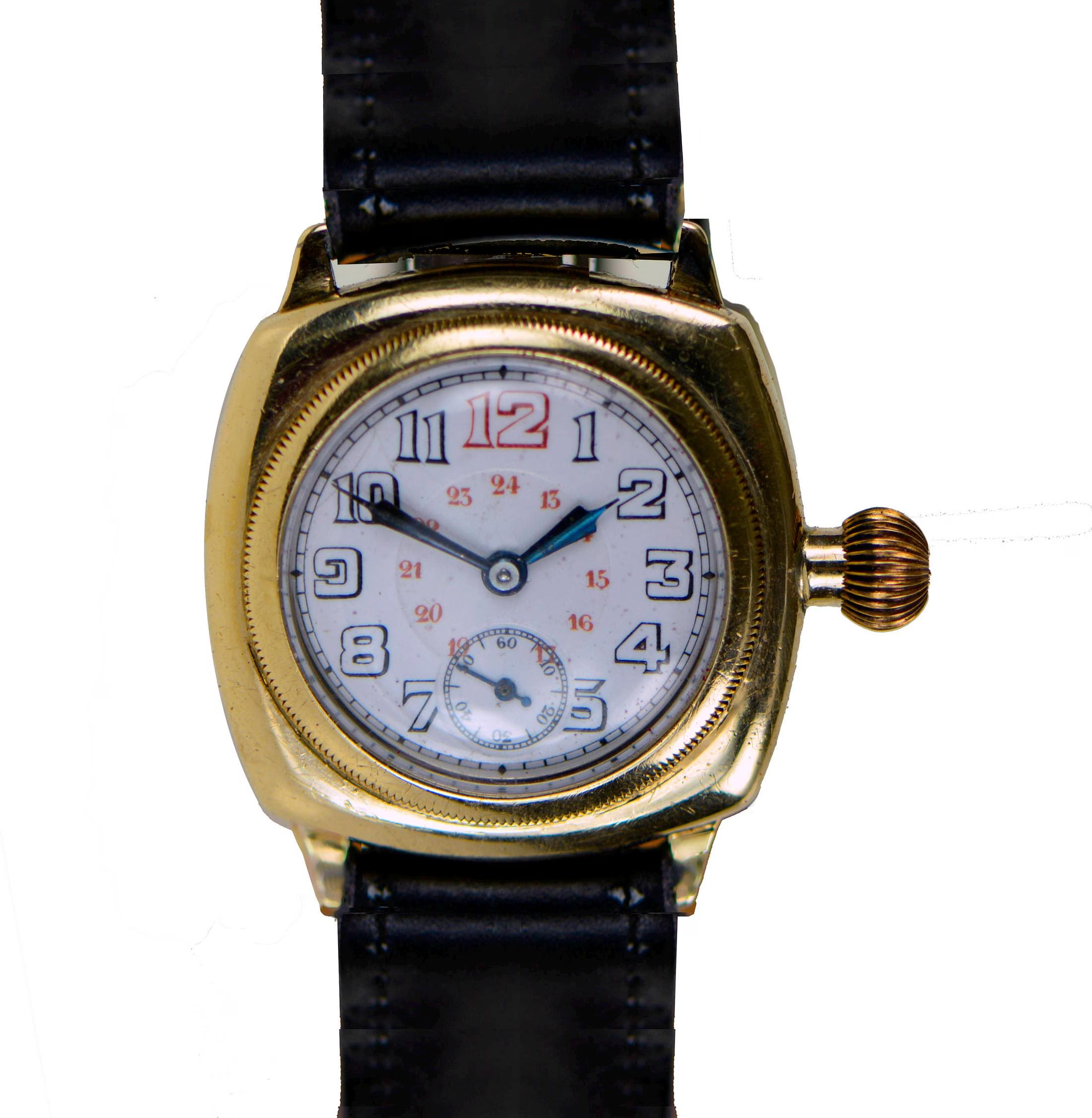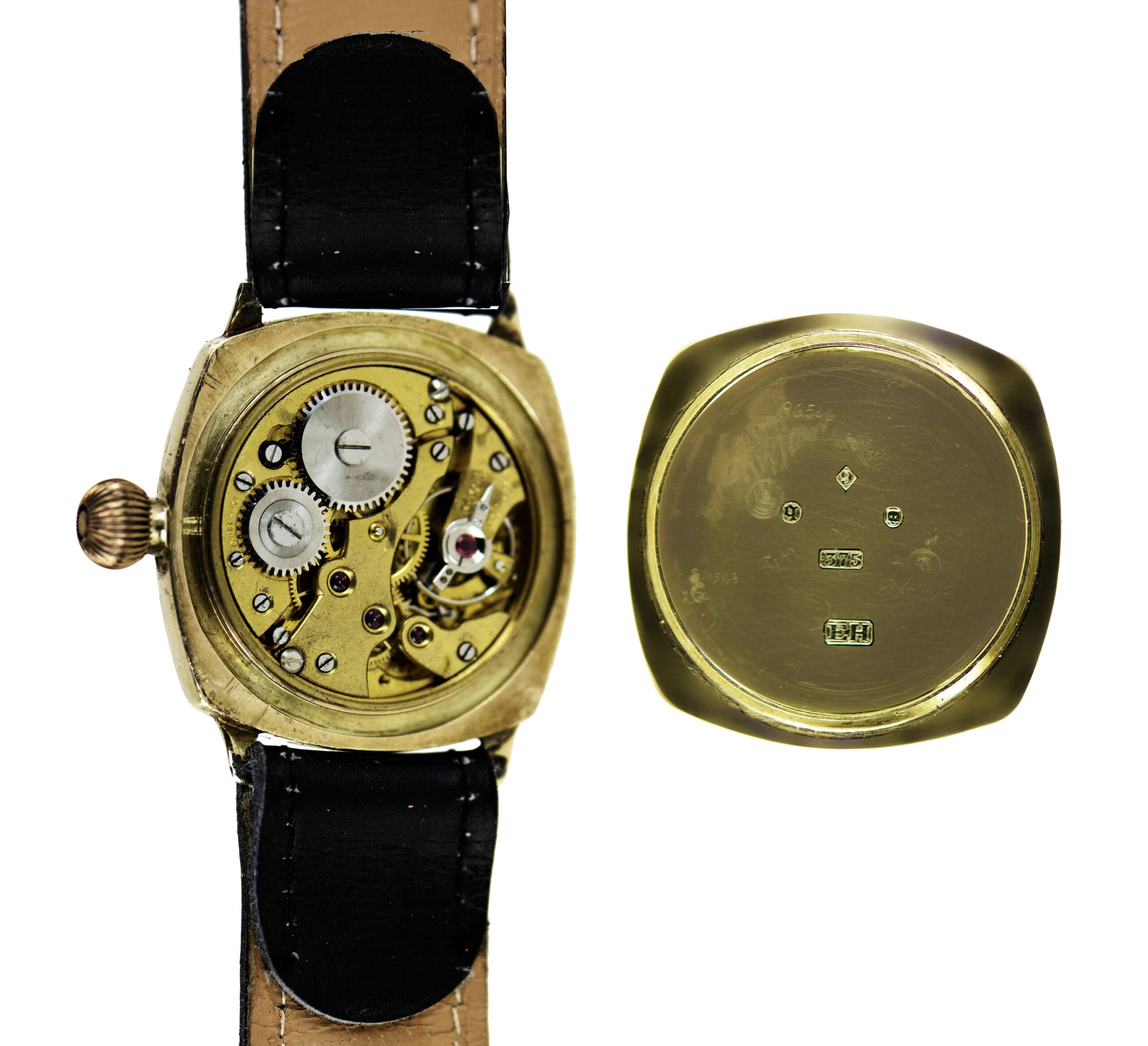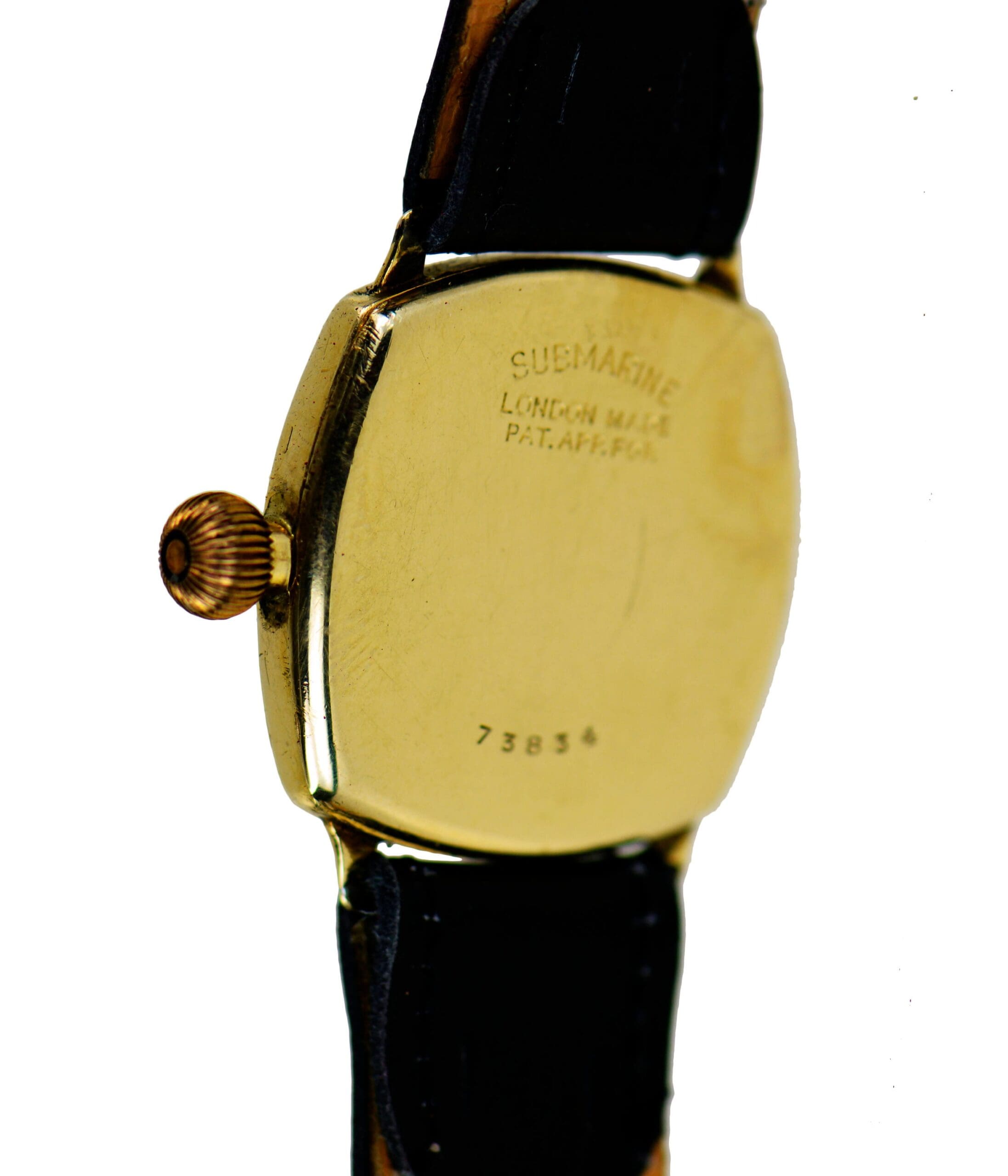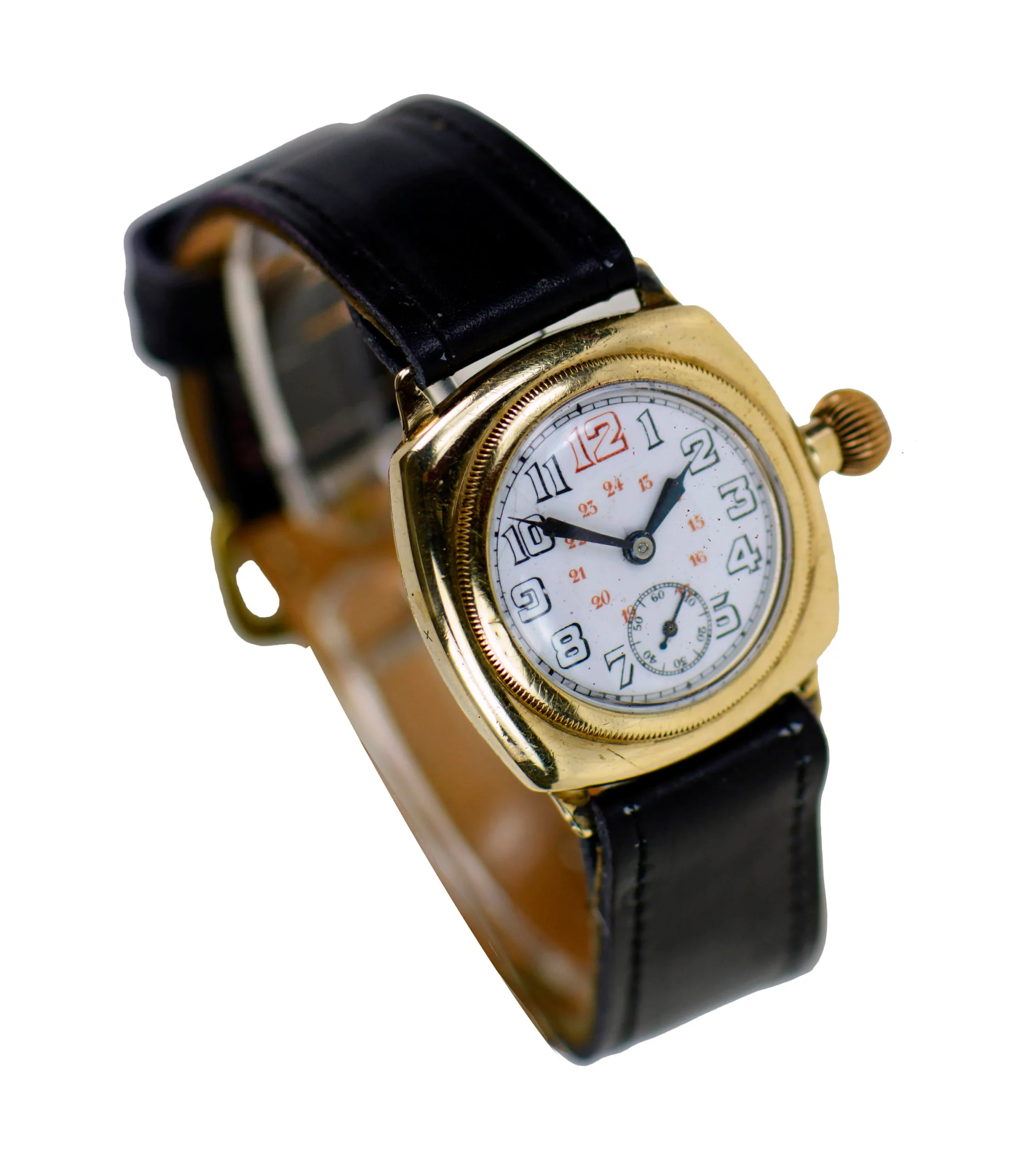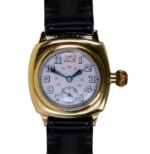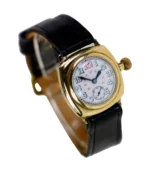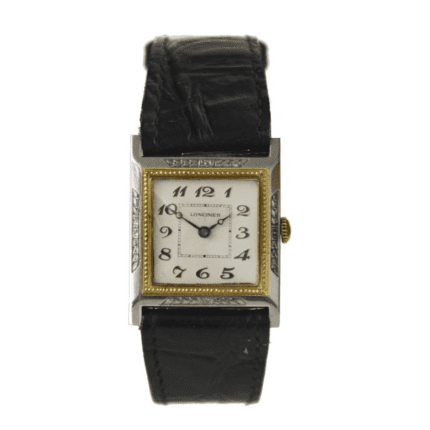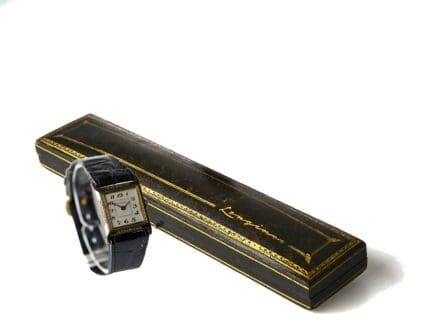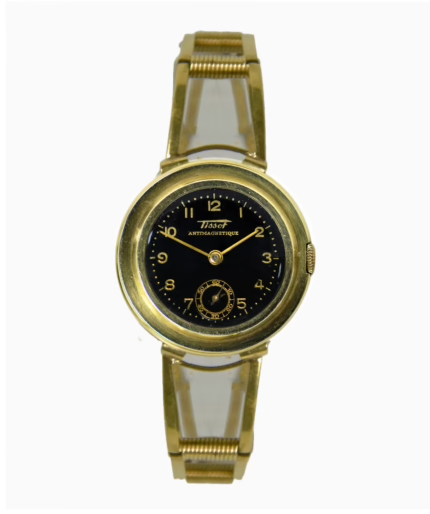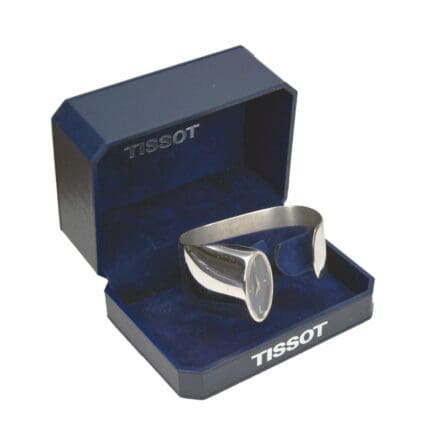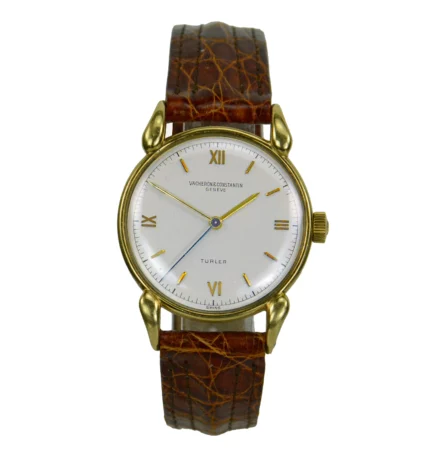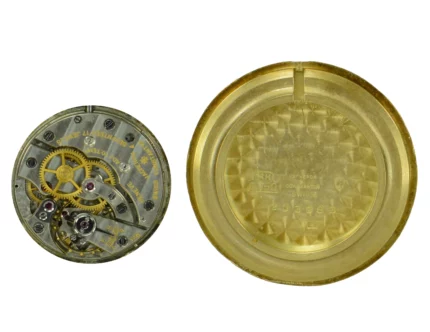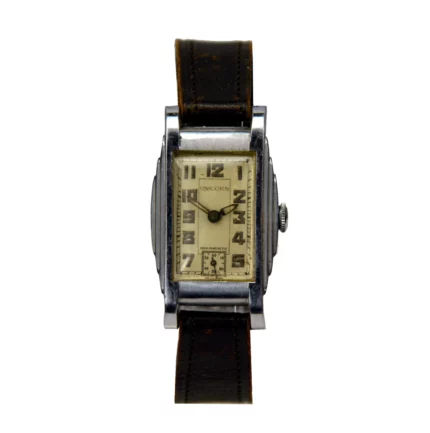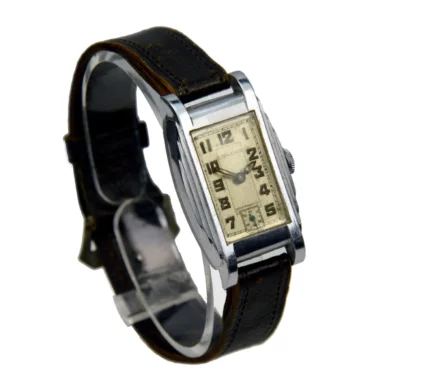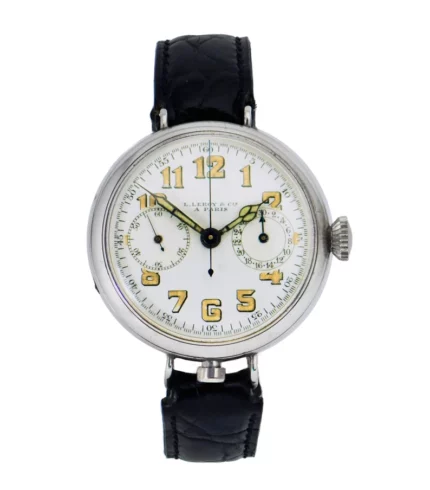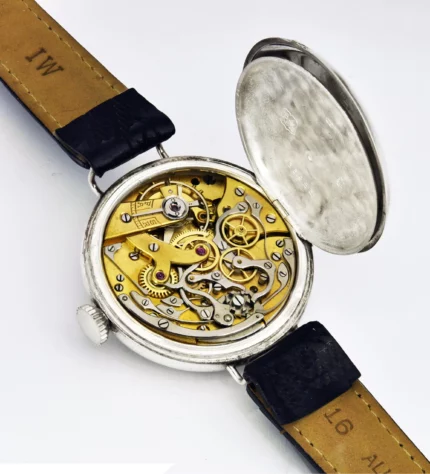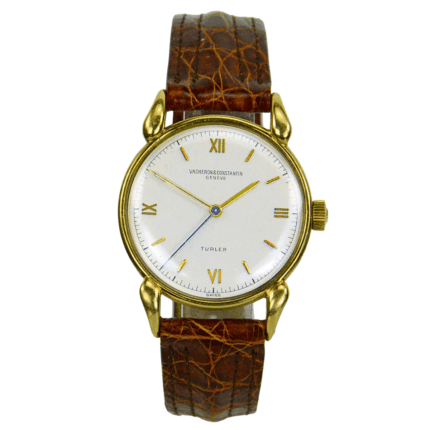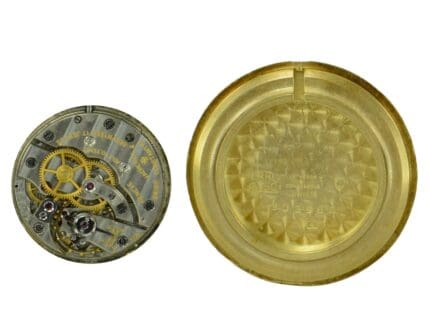Rare and Historical ** The Submarine Commanders’ Wristwatch, UK 1931 **
Grandfather of the waterproof wristwatch and Godfather of the now iconic Rolex Oyster Submariner, the Submarine Commanders’ wristwatch led the way for Rolex founder Hans Wilsdorf… and ultimately – on 31 March 1922 (copyright N° 51632) – saw its brand-name become one of Rolex’s!
In the Midst of World War I, two British Submarine Commanders approached Brook & Son. Their request: “Consider the construction of a special watch suitable for our work”. As Edinburgh’s foremost jewelers, watch and clock makers as well as official Goldsmiths to His Majesty The King… to Her Royal Highness Princess Louise… and to The King’s Bodyguard (The Royal Company of Archers), this venerable firm accepted the challenge!
The Submariners explained that the watch must fulfill rigorous conditions. It needed to be water-tight: “For, even when a submarine is on the surface, the deck is always more-or-less-awash”… It must be non-magnetic: “For underwater the submarine is driven by electricity and in such a limited space watches made of magnetic materials are necessarily affected”…. Also for the latter reason, use of a compensation balance of the ordinary kind to regulate the watch’s speed would be impossible: “The balance must be of some material which shows a minimum of expansion and contraction due to temperature variations”!
Brook & Son responded with a very innovative solution:
In designing their water-tight watch case, they correctly understood that any watch’s Achilles heel was the opening through which protrudes the stem with which a watch is set and wound. So, they incorporated a gland-seal in the stem’s passageway. This design innovation was not long thereafter also incorporated into the Rolex Oyster water-proof screw-down crown, whose founder, Hans Wilsdorf, purchased the patent from George Perret and Paul Perregaux in 1926.
For the Submarine wristwatch’s mechanism, Brook & Son turned to Swiss watch-industry giant Tavannes, noted for their very high quality watch movements as well as other cutting-edge watch-making inventions. Tavannes’ solution for the Submarine wristwatch was to develop exclusive iron nickel alloy components which not only were impervious to magnetism but also displayed negligible expansion/contraction due to temperature changes.
The Submarine wristwatch was so ground-breaking that its creation resulted in a scientific publication about it in “The Horological Journal”, December 1917 (see http://www.vintagewatchstraps.com/waterproof.html).
Manufacturing and development of the Submarine wristwatch continued well beyond WWI. In 1931, London jeweler and inventor of the expansion bracelet, E. Harrup (in collaboration with F. Wachter in New York) redesigned the Submarine’s case, integrating further improvements (patent N° 358370 and N° 362229), which notably included the bezel and a water-tight snap-back for the case.
A well-documented fact is Rolex’s decades-long preoccupation with producing a water-proof wristwatch. Notably, as of the 1910s, Rolex successively (as well as simultaneously) employed Denison’s screw-back cases, Borgel’s water-tight watchcases, Baumgartner’s double hermetic cases, etc. for its Rolex watches)… culminating in Rolex’s 1926 launch of the Oyster watchcase.
Back then, Rolex and the Submarine wristwatch both were British watch companies. Rolex founder Hans Wilsdorf would have followed closely the development and evolution of this “water-tight watch” competitor, the Submarine wristwatch. This is confirmed by Rolex’s 1922 registration of “The Submarine” brand name. Apparently, it wasn’t previously copyrighted. Notwithstanding, almost a decade onward, Harrup still was commercializing wristwatches called “Submarine”!
Interestingly, although the Submarine wristwatch also appears to have played a role in Rolex history, including inspiring the name of Rolex’s current line of Sports Watches (the Rolex Submariner), information about the Submarine wristwatch, has largely remained a “well-kept secret”…
Indeed, the author of a research publication about the Submarine Wrist Watch, appearing May/June 2014 in the NAWCC Watch & Clock Bulletin, concludes:
“The one question that puzzles me is why so little is known about these historically important watches. I have never seen them mentioned in any book or article. They were clearly fully waterproof nearly ten years before the Rolex Oyster, which many people think of as the first waterproof watch, or the first waterproof wristwatch. They were also non-magnetic and temperature compensated, if the article in the Horological Journal is correct.
The Submarine watch was also very practical compared to the Oyster – there was no need to unscrew the crown to wind or set the watch, and therefore no threads on the stem tube to wear. This was an Achilles heel of the early Oysters before automatic winding was introduced. The Submarine watch remained waterproof while both winding and setting the watch, which the Oyster didn’t. There was no need to remember to screw down the crown after winding, a feature that caused grief to many Oyster owners over the years. The compressed gasket sealing for the stem was perhaps not as ultimately waterproof as a screw down crown in withstanding water pressure at diving depths, but then again, Rolex didn’t make any claims about this for the first Oysters, allowing Omega to make the claim of producing the first dive watch, the 1932 Omega Marine.
Maybe the answer could be found in the way the watch came about, during the depths of WW1 as the result of a request by two submarine commanders. The extra work involved in making the watch waterproof and anti-magnetic would have made it more expensive, and the military involvement could have made it hush-hush. Was it regarded as too expensive to be commercially viable? Was it secret? Or was it that no one involved saw that the public might want a waterproof watch such as this? Of course, 1917 was long before recreational diving became popular, or was even possible. The promotion of a waterproof watch as something for the average person to want or need seems to have been a particular vision of Hans Wilsdorf. But without such a visionary to champion its cause this watch faded into obscurity.
- Watchcase: 9K solid gold… with fluted bezel. This watch is visually identical to 1st generation Rolex Oysters, as is the form, size and overall appearance. Signed on case back SUBMARINE, LONDON MADE, PAT. APP. FOR
- Hallmarks: London, 375 and 9 hallmarks (9K solid gold). Date mark: 1931. Goldsmith’s Mark: EH for E.G. Harrup
- Dimensions 30 mm (excluding the winding crown) x 40 mm (lug-to-lug)
- Dial: Porcelain enamel, 24 hour. 1 – 11 black numerals and 12 – 24 red numerals.
- Bracelet: New-old-stock handstiched leather band, manufactured in the same time-period as the watch
- Condition: Excellent. Serviced and tested by our Master Swiss watchmaker
N.B.: While the Submarine watch was designed to be “water-tight” (i.e., humidity and moisture resistant); it is early vintage and should not be immersed!
Shipping Worldwide via Courrier Service. Duty-free shipping within Europe.
Payment: If you prefer to pay by bank transfer or lay-away, please send us a message. Likewise, if check-out proves unable to process your credit card.


